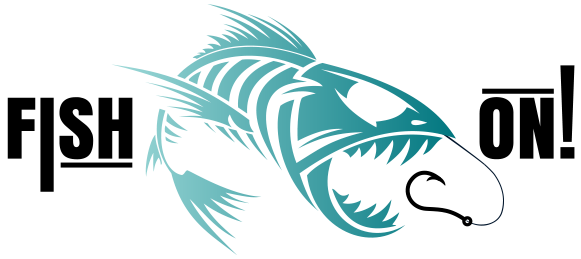How to Spot Hard Bottom on Your Sonar
Share
Ever wondered what lies beneath your boat? Your sonar machine isn't just for finding fish; it's also your window into the underwater terrain. Understanding the composition of the bottom is crucial for anglers, divers, and anyone navigating unfamiliar waters. One of the most important things to identify is "hard bottom" – areas of rock, shell, or compact sand that often hold more life and can influence your boating decisions.
So, how do you distinguish between soft mud and a rocky reef on your sonar screen? Let’s dive into what to look for.
The Basics: What Your Sonar Shows You
Your sonar unit sends out sound waves that travel to the bottom and bounce back. The strength and duration of that returning echo are what the machine interprets to paint a picture on your screen.
The Bottom Line: The most obvious feature is the "bottom line" itself, the continuous line representing the seafloor.
Bottom Return Intensity: This is the key. Harder surfaces reflect more sound energy back to your transducer. So, a strong, bright, and often thicker bottom line is your first clue to hard bottom. Soft bottoms (mud, silt) absorb more sound, resulting in a thinner, fainter, or less intense line.
Secondary Returns (The "Double Bottom" Effect): This is the clearest indicator of hard bottom. When sound waves hit a very hard surface, they not only bounce back to your transducer but also reflect off the transducer, travel back down, hit the bottom again, and then return. This creates a faint "second bottom" line on your screen, deeper than the actual bottom. It's like seeing an echo of an echo!
What to Look For (and What it Means)

In the image above, you can see a strong return on both the right and left side of the image. Indicating a harder bottom than what is shown in the middle of the image. You'll also notice that the fish returns are over hard bottom. On the left side is a 10ft diameter bolder. The depth of this image is 155 ft. approximately 45 miles west of Anna Maria Island, Florida.
1. Bright, Thick Bottom Line
A vibrant, often yellow or red (depending on your color palette) and thick bottom line indicates a strong return signal. This is characteristic of rock, coral, or dense shell beds. Compare this to areas where the bottom line might be a duller blue, green, or thin yellow, which suggests softer sediment.
2. The "Double Bottom" Effect
This is your golden ticket! If you see a faint second line running parallel to and deeper than your main bottom line, you've almost certainly found hard bottom. The harder the bottom, the more pronounced this secondary return will be. It's less common, or entirely absent, over very soft bottoms.
3. Irregular or Uneven Bottom Contour
While not a direct indicator of hardness, an irregular bottom often correlates with hard structures. Reefs, rock piles, and ledges create varied topography. A flat, featureless bottom is more indicative of vast expanses of sand or mud. Look for distinct humps, bumps, or sudden drops.
4. Sonar "Clutter" or Structure Just Off the Bottom
Sometimes, you'll see small, scattered marks right on or just above the distinct hard bottom line. This could represent baitfish congregating around structure, or even the individual reflections from scattered rocks or coral heads that make up the hard bottom.
Putting It All Together
Learning to read your sonar is like learning a new language. Start by observing how your screen changes over known bottom types. Idle over a known sandy area, then a rocky outcrop, and pay close attention to the bottom line's intensity and the presence of secondary returns. With practice, you’ll quickly become adept at identifying those crucial hard bottom areas, unlocking new fishing spots and navigating with greater confidence. Happy hunting!


2 comments
Thanks for the information
Great info. Thanks